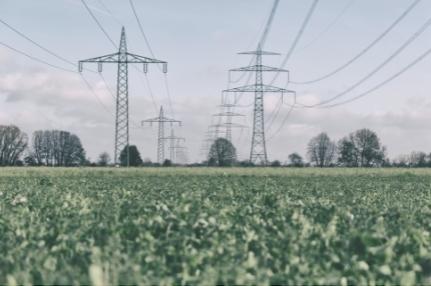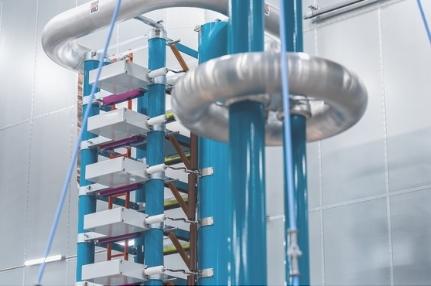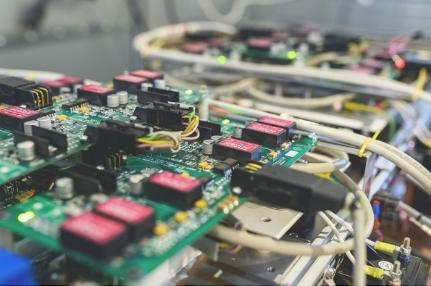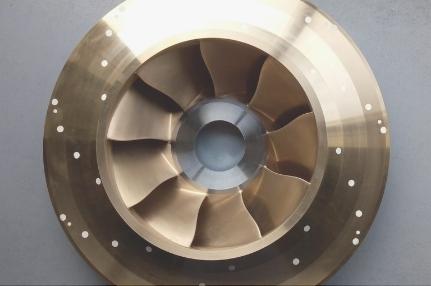Research & Collaboration
What makes us unique?
SuperGrid Institute owes its success to the people who make up our various research departments. Our teams come from diverse backgrounds in industry and academia, and their wealth of experience and skills make the Institute unique. Each individual brings specific expertise to the table.
This melting pot of knowledge offers opportunities for specialists from different fields to collaborate on new and innovative solutions to technical problems.
The Institute also benefits from close collaborative relationships with industry and academic institutions. The complementary strengths of our partners provide insights and innovative approaches to technical challenges. At the same time, we retain total independence in our research. Public-private investments and collaborative projects finance our work.
SuperGrid Institute’s state-of-the-art research facilities, test platforms and laboratories at the Villeurbanne and Grenoble sites are key to the success of our five research departments.
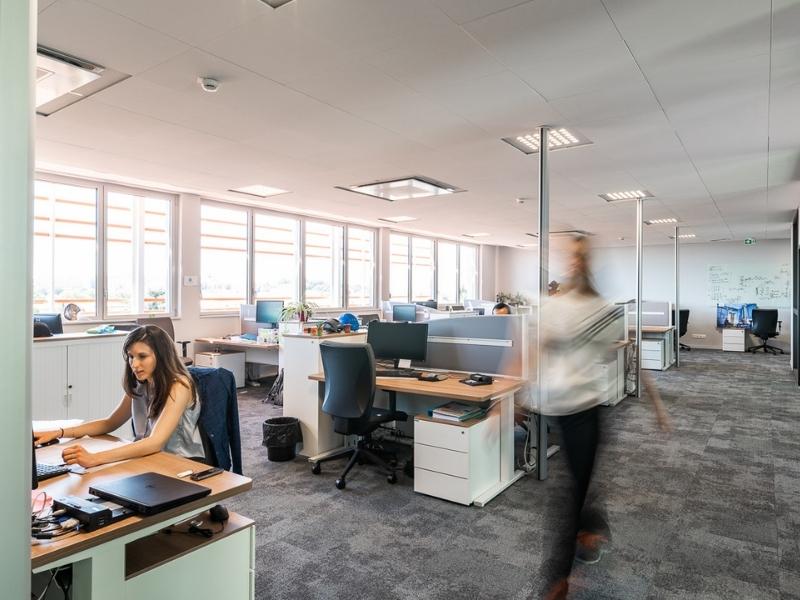
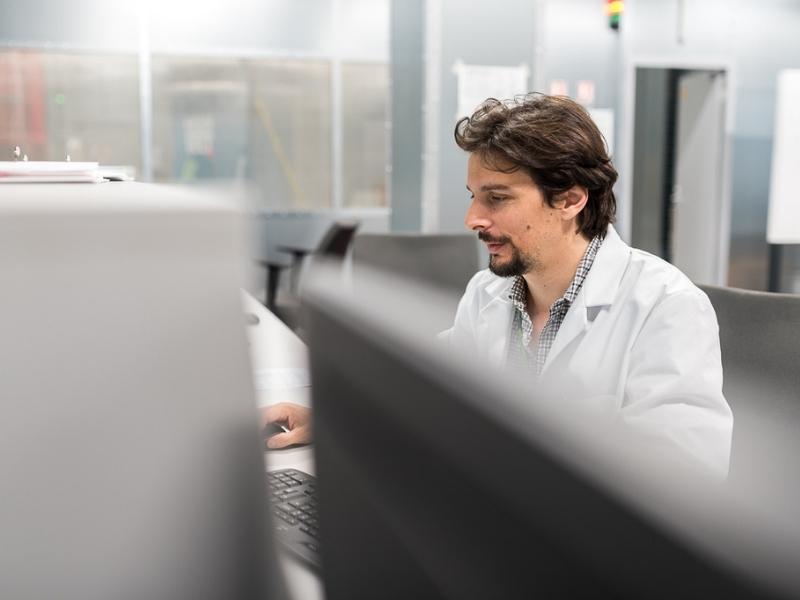
Latest scientific publications
A Submodule with Integrated Supercapacitors for HVDC-MMC providing Fast Frequency Response
This paper proposes a modular DC-DC converter as an interface between the energy storage element and the SM capacitor.
A Submodule with Integrated Supercapacitors for HVDC-MMC providing Fast Frequency Response
This paper proposes a modular DC-DC converter as an interface between the energy storage element and the SM capacitor.
Model Parameter Extraction Tool for the Analysis Series-Connected SiC-MOSFETs
Generated SiC-MOSFETs models are employed to perform simulation of switches made of two series-connected devices.


